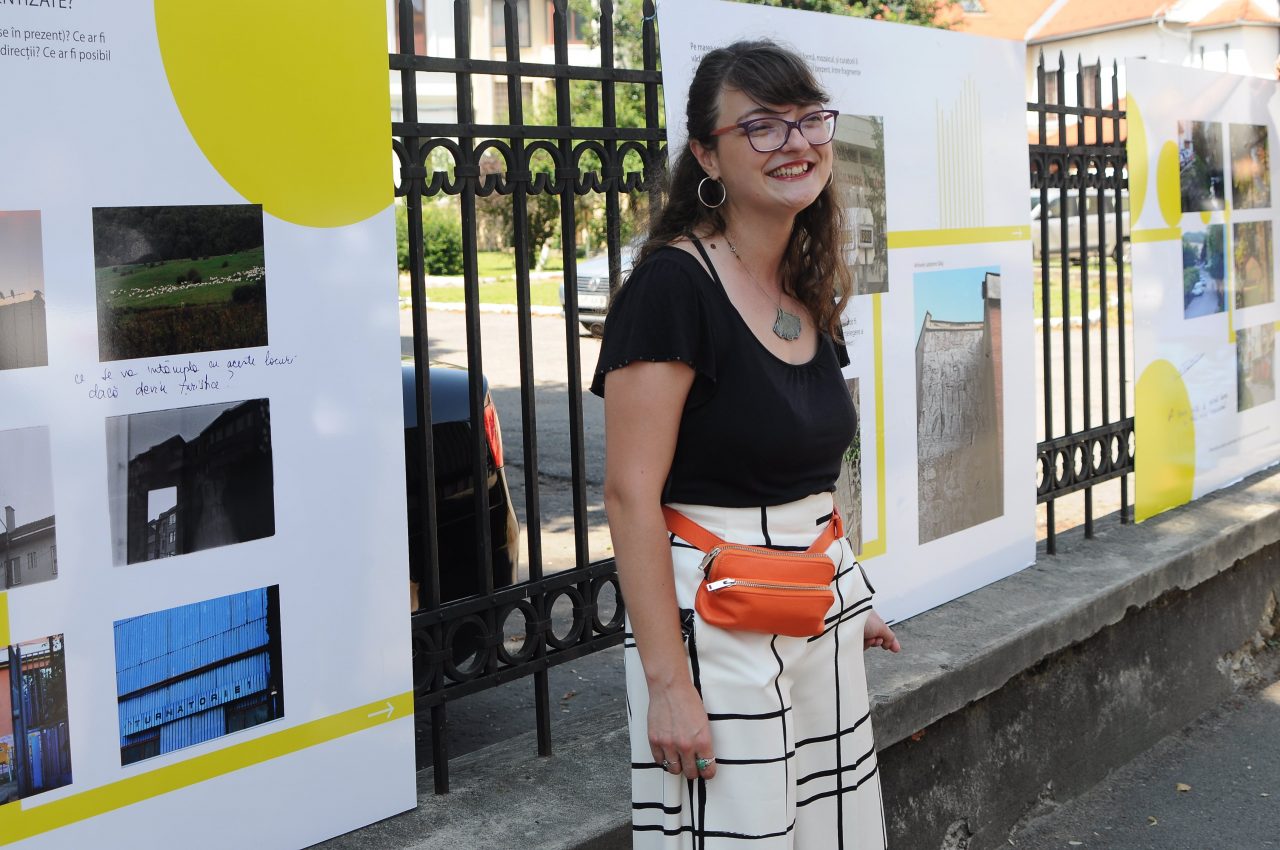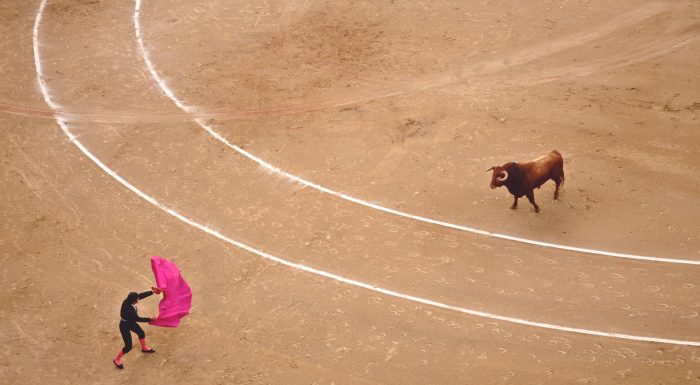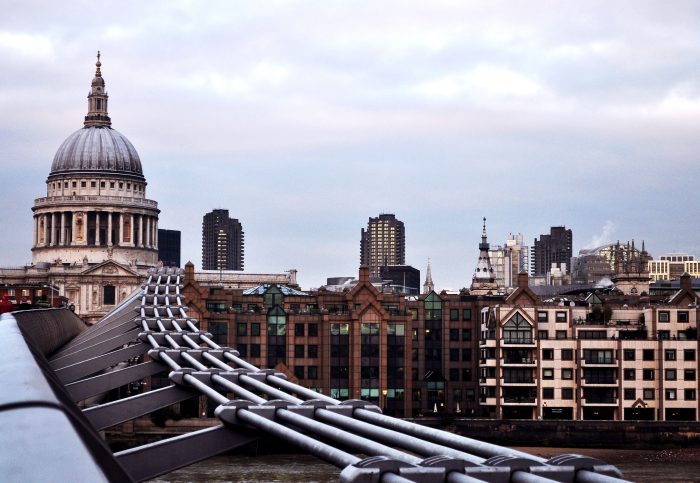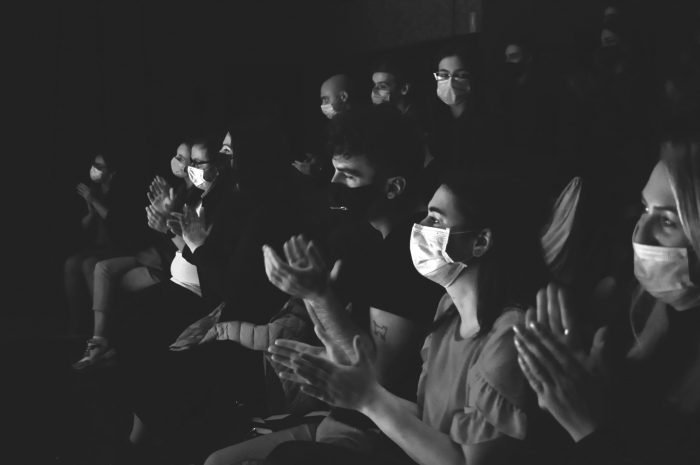What about Zalău? | participatory photo exhibition
Posted by Raluca Turcanasu on / 0 Comments
Autumn 2020: it’s lockdown and I am going on my first artistic residency
It’s in Zalau, a town of less than 50K in North-Western Romania.
My plan in this residency was to look without expectations and enjoy time in a greener, breathier place than Bucharest.
And, if I could, make people rethink their relationship to the city and if I succeed… well, good for them [As you maybe know, I’m always bogging with the questions].
The histories are specific to Zalău, and yet generic, repeating themselves with variations in other localities. What happens around the Zalău river is (or at least it seems to me) representative of the history of urban waters, small or large. Dammed (when and by whom?) and exploited only in a functional, industrial sense (how exactly? Which factories still survive? Did new factories appear?), in communism, with the dismantling of the factories on the Zalău and Sărmaș rivers), the river remained a kind of central periphery, a route with important recreational potential. What other socio-cultural functions can we imagine and to what extent are they feasible[3]? What can we draw from the past to imagine the future and shape the present?
That is how I started questioning what I saw in my first week there, building up to the following visual documentation:
[Link to the project statement, Romanian]
On the yellow line
I titled this work “On the yellow line” because the gas pipes were all throughout town and often on the banks of the river (a precautionary measure when building them, to have the water close-by just in case).
I took 2 routes in my urban visual research (I just could leave none 😳)
The water route: The river is still here
I found out in dismay that the small Zalau river was killed, buried in concrete. In summertime it would stink terribly in the open-air parts so… they wanted to channel (dig under) those parts as well. But the banks of the river could, if properly set up, become small parks for the local community.
I presented a photography selection (in the final exhibition) and a medium-length video essay/documentary about this river and the relationship people have with it, in a dialectic discourse, while minimal video production (hand held sport cam).
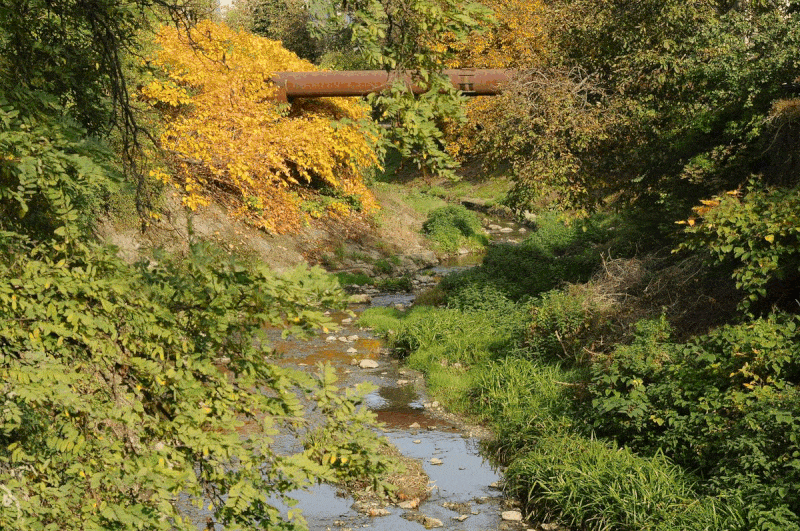
I really empathized with the river as a being in itself.
Lectures 🤓
- Bruno Latour – The Anthropocene
- Mihaly Csikszentmihalyi – Flow
- Vandana Shiva – Earth Democracy; Justice, Sustainability, and Peace
So this poem kinda came to me:
The hut route:
This took me on the way up, towards the forest, where an old school camp – abandoned and kind of creepy – still stood.
Experimental video essay: I imagined a dialogue between a couple coming back to visit the place where they had met, some 20 years ago to construct a horror documentary narrative.
Here’s a brief selection of photos:
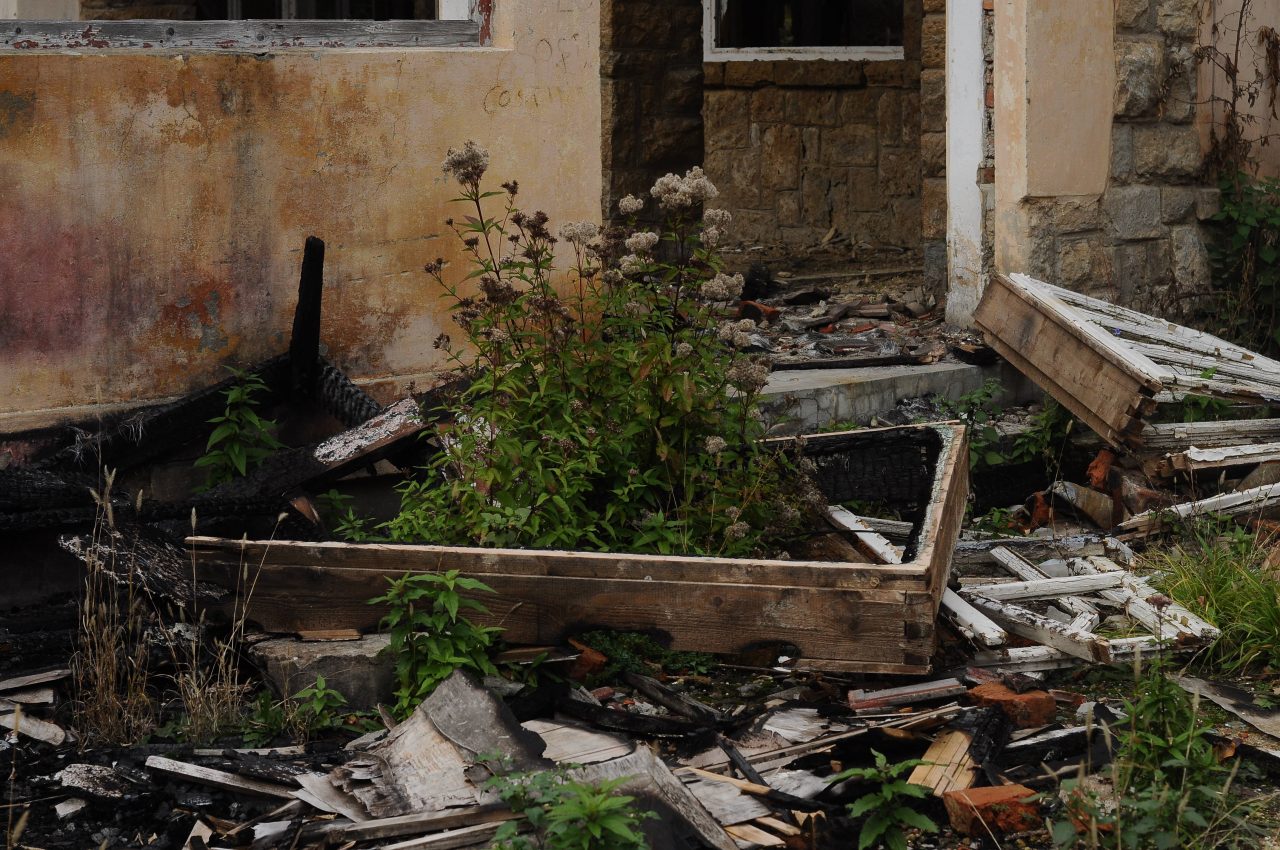
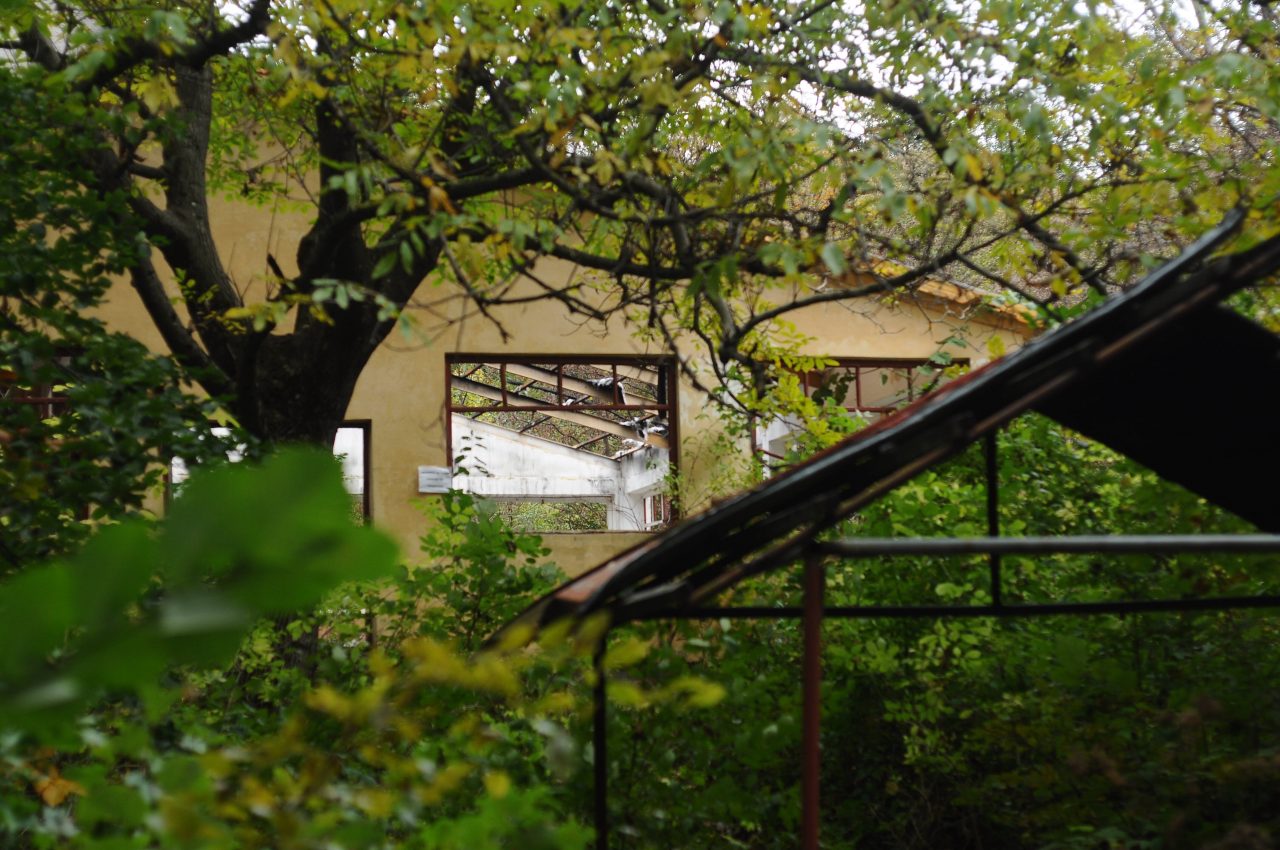
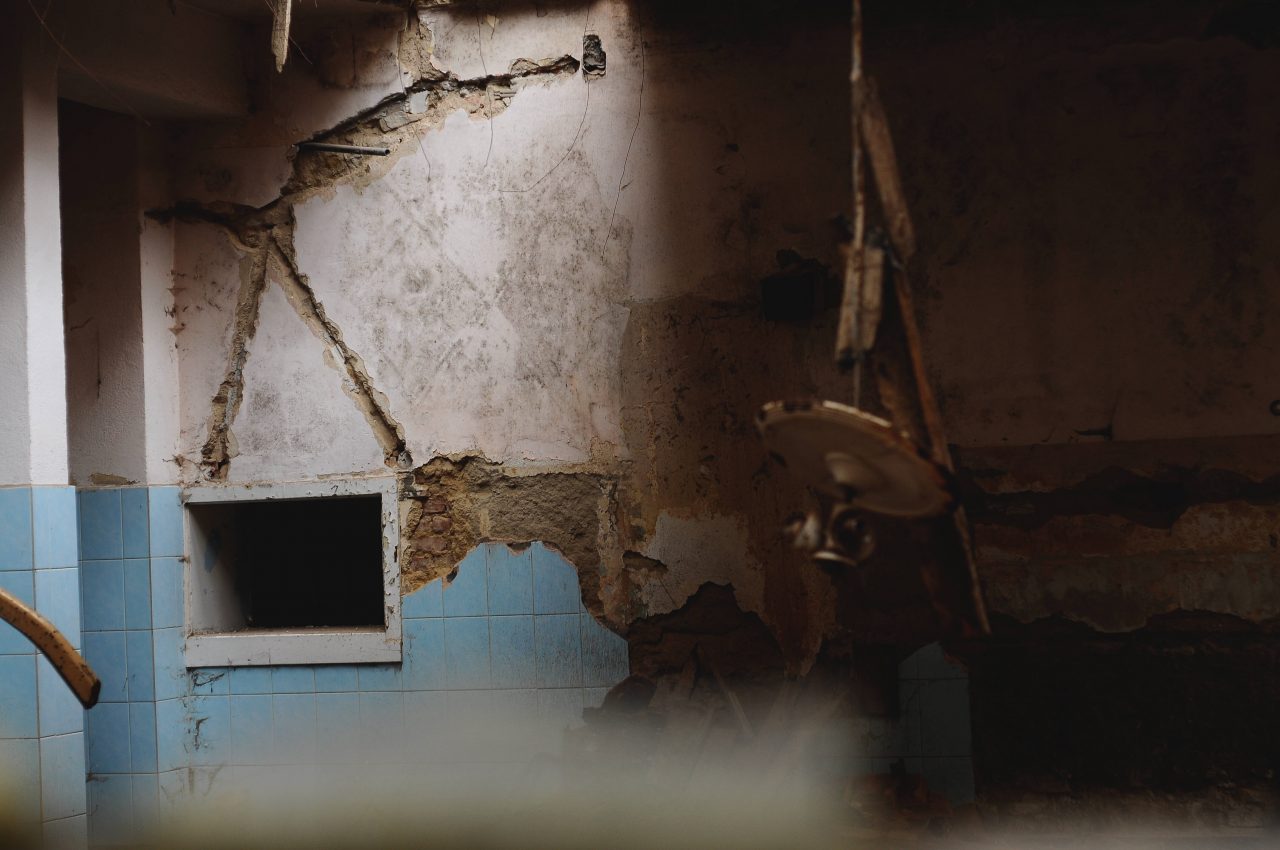
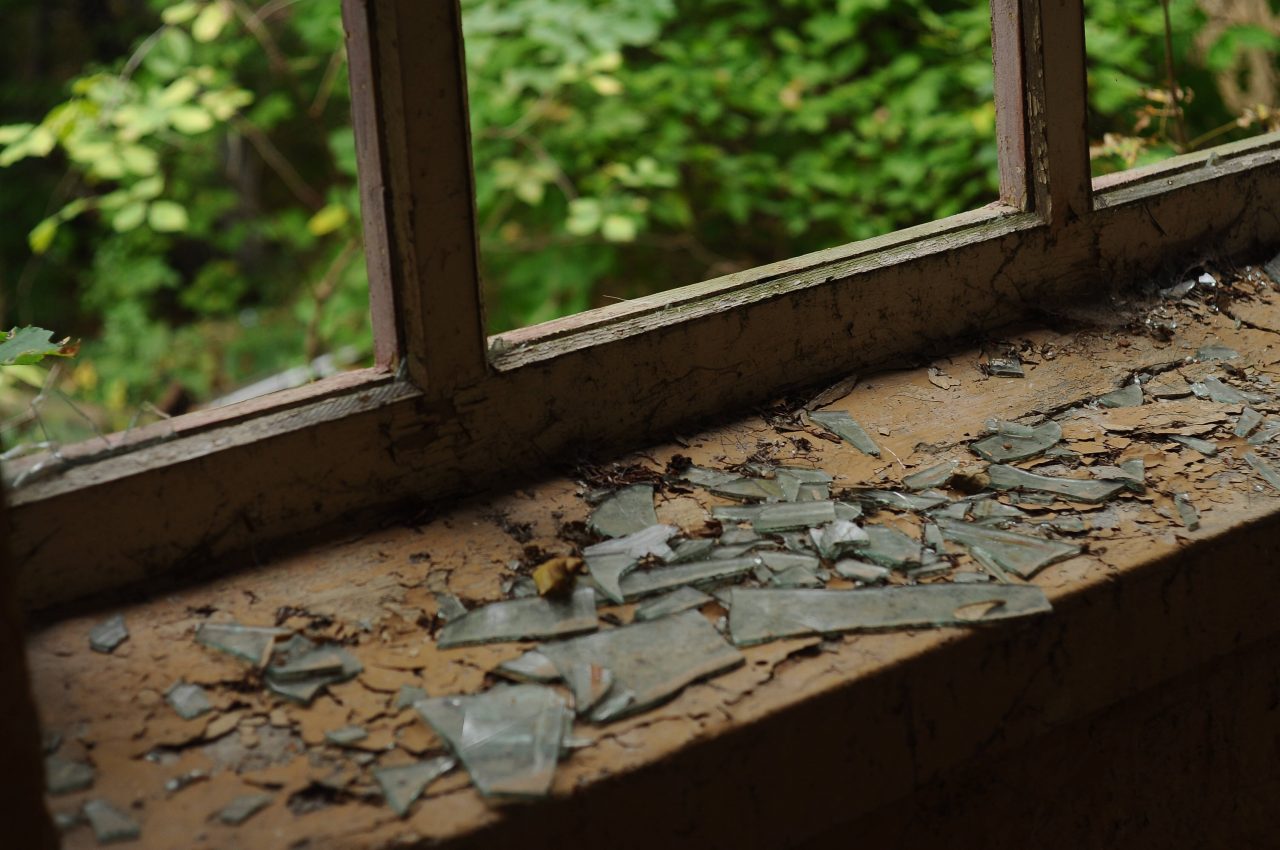
Of course, along came always the analogue route 🙂
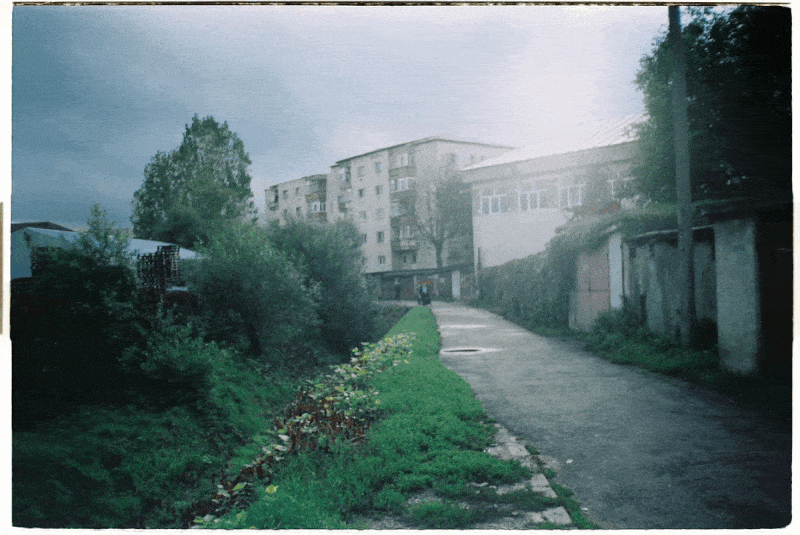
Participatory photo exhibition
In the summer of 2021, after the pandemic restrictions were lessened, I was invited to exhibit on the outer fence of the Museum of Art and History Zalău. It may have sounded less than having a room inside the museum for some, but I was delighted! It only meant more people could see and interact with my work.
That is why the panels had to be “interactive” (ie- interact with -able, not digital – not if I aimed to target a very diverse audience – the Museum was right in the centre) – people might anyway damage them, so let’s put it out there from the start, I said to myself.
Here’s how they looked:

“The democracy is not a supermarket. It’s a farm where you reap what you have seeded.”
Brief presentation of the project, in Romanian.
Intriguing: one board had to be taken off the exhibition!
On the very lower left corner of one of the boards I was mentioning that Michelin, the tire & rubber producer, is one of the biggest employers in the city, but also one of the biggest polluters. I had read it on a public local forum… they complained about it, threatened the museum – despite the work was public art work, founded on research, and they removed it.
But it was nice that people did engage and share their thoughts on the panels
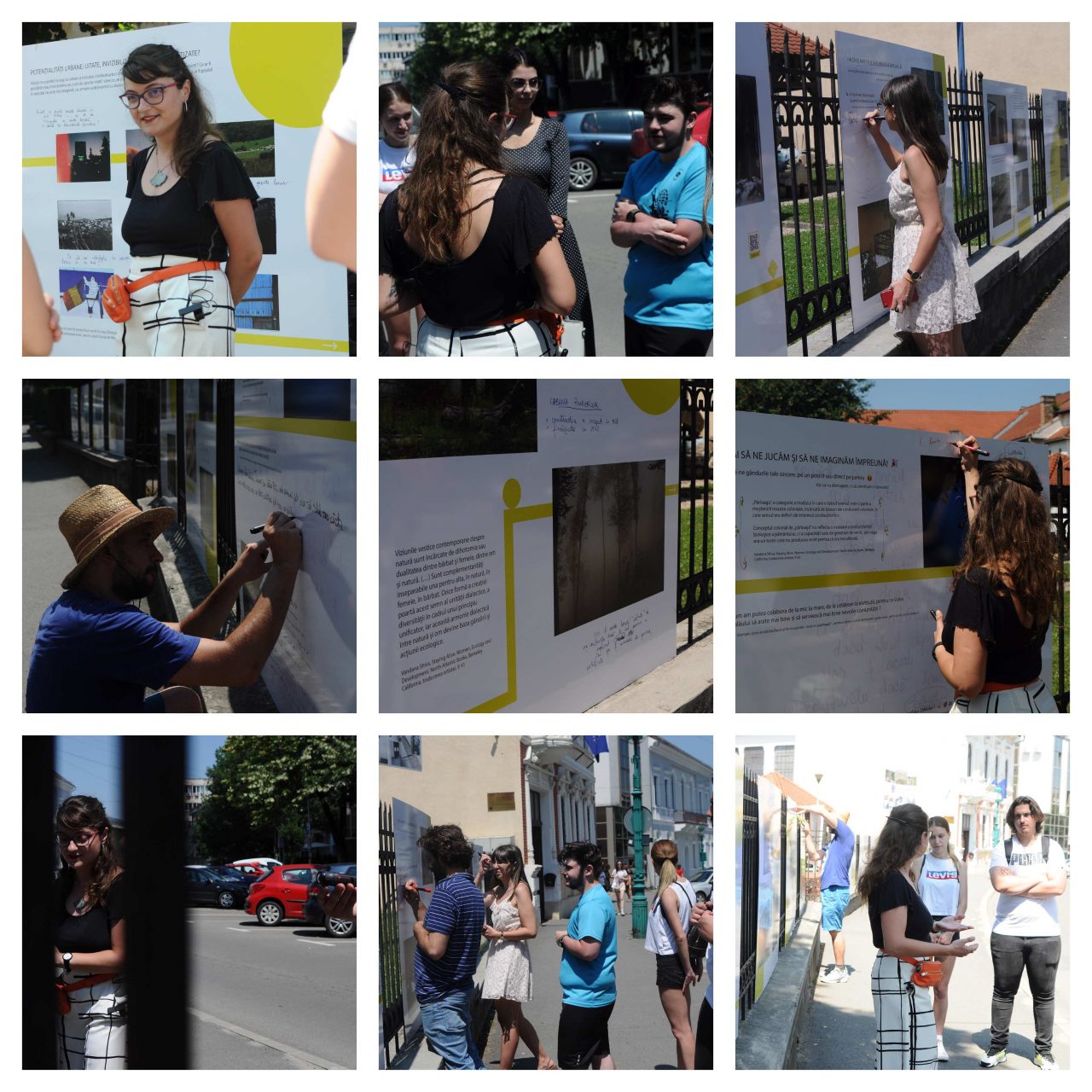
Grateful to the team at Zalau Museum of Art and History for believing in this project!
Photos at the opening by: Patricia Marina Toma.

